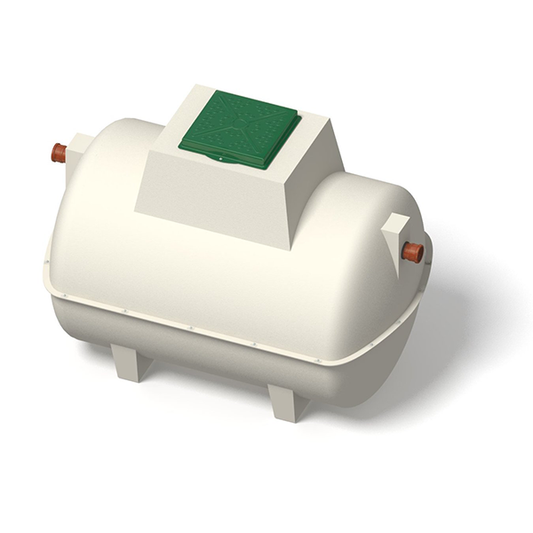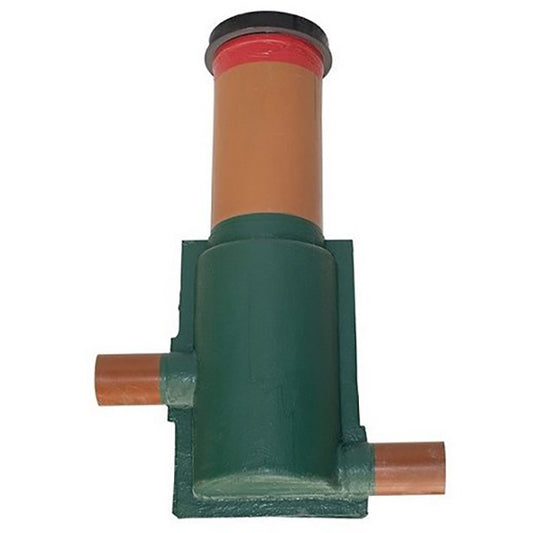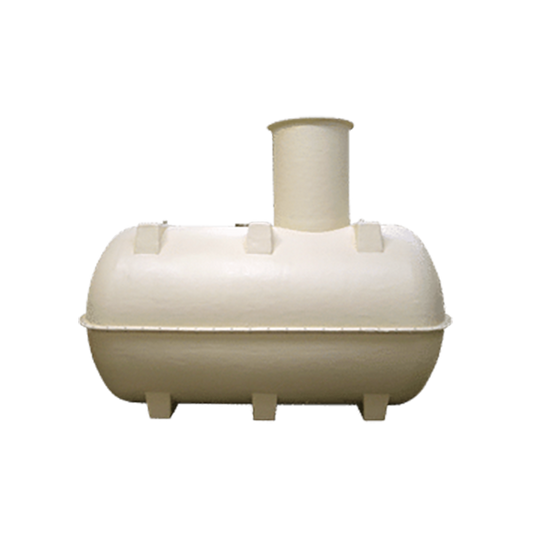In the last 60 years, the start of harvest has advanced by around a month — this year’s harvest was the earliest on record. But how are farmers coping with the changing UK climate, and what improvements can you make to your farm to deal with such weather extremes?
Contents
How do earlier harvests indicate that the UK’s climate is changing?
This year, 69% of the winter barley crop in England, Wales and Scotland was harvested by 19th July — the earliest on record, beating the previous record set in 2006. Because overnight temperatures were so high, farmers had to avoid the risk of fire and crop damage by cooling grain before storage.
In the 1950s and 60s, harvesting typically began in August. The mid-July start date this year, with some harvests extending into September, highlights how quickly climate change is accelerating in Britain. In 2022, the average temperature was 2.6 °C higher than the long-term average.
How will climate change impact the UK farming industry?
The changing UK climate will have both positive and negative impacts on agricultural production. Hotter weather and higher CO₂ levels may make growing some crops easier — or even allow us to cultivate new ones, such as sugar beet and leafy vegetables. However, more frequent droughts will make water access difficult, making it harder to plan growing seasons. Some crops currently grown may no longer be suitable for higher temperatures.
Conversely, increased extreme wet weather poses another challenge. Poorly drained or compacted soil can reduce yields, so maintaining good soil drainage and structure is essential for productivity.
What are farmers doing to combat the impact of climate change?
More farmers are improving soil health to combat extreme weather and increase resilience. One effective method is maintaining a good land drainage system. This helps protect soil by preventing waterlogging and nutrient run-off. A well-designed drainage system can improve crop yields by up to 150%, depending on soil conditions.
With drier summers expected, many farmers are investing in improved water access. Most farms use mains water, with others abstracting from rivers or boreholes — but abstraction licences from the Environment Agency can be suspended during droughts. As a result, more farms are building private reservoirs, though this can be costly.
Other practical solutions include installing rainwater harvesting and irrigation systems to ensure livestock and crops have a reliable water supply during dry periods.
Farmers are also taking steps to future-proof their operations by improving livestock housing ventilation, adopting vertical farming, and diversifying crops and enterprises. In fact, 62% of UK farms now report some form of diversification — a smart risk-management strategy amid increasing climate and political uncertainty.
How can Cotterills help?
Cotterills can help you improve soil health and manage surface water with a wide range of drainage solutions, including land drainage, twinwall pipe, and culvert pipe.
If you need to store water for livestock or irrigation, our galvanised steel and plastic water tanks offer long lifespans and large capacities — perfect for drought resilience.
For those diversifying their farmland — whether constructing new buildings, converting old ones, or developing camping areas — reliable sewage treatment is essential when mains access isn’t possible. Cotterills supplies and installs sewage treatment solutions, including sewage treatment plants, septic tanks, pumping stations, and cesspools.
You may also need support with construction or groundwork. Our sister company, Cotterill Contractors, specialises in groundworks and farm building construction. Whether it’s a concrete yard, a steel-framed building, or large-scale sewage, drainage, or stormwater solutions, they’re the ideal team for the job.
Whatever approach you take to protect your farm, Cotterills can offer a tailor-made solution. Call us on 0121 351 3230 to speak to one of our experts today.
Alternatively, fill out our enquiry form:










